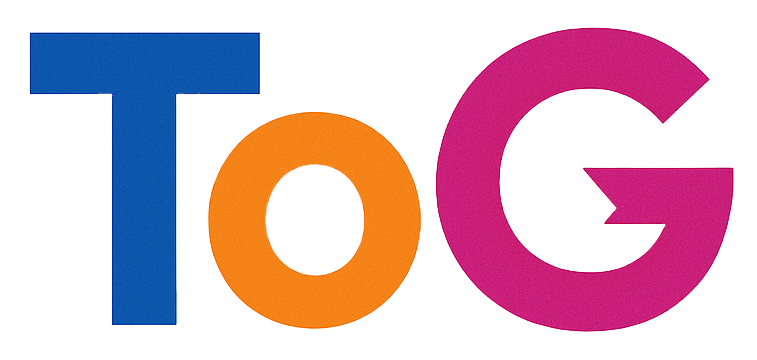Revitalizing SEO Skills After Years Away: A Modern Approach for Marketers and Developers
In the rapidly evolving landscape of digital marketing, staying current with SEO best practices can be a complex task—especially after taking a hiatus. Many professionals, like myself, have a background in engineering or web development and transitioned into marketing roles over the years. Having started my SEO journey back in 2009 for a small firm, I eventually navigated into the broader realm of marketing technology (martech), and over the past 17 years, I’ve accumulated a wealth of experience bridging both worlds.
Reflecting on Changes in SEO Since 2009
The SEO landscape has transformed dramatically since 2009. Early strategies focusing heavily on keyword stuffing, basic backlinks, and straightforward meta tags have given way to sophisticated algorithms emphasizing user experience, content quality, and technical excellence. Major updates—such as Google’s Panda, Penguin, and core algorithm changes—have shifted priorities towards creating valuable, trustworthy content and providing seamless site experiences.
Recognizing the Core Principles Remain
Despite the evolution, foundational elements still count:
- Page Speed: Ensuring quick load times continues to be critical, especially with mobile-first indexing.
- Keyword Optimization: Targeting relevant keywords remains vital, but the focus now is on intent and context rather than mere keyword placement.
- Structured Data & Metadata: Proper title tags and meta descriptions help search engines understand your content and improve CTR.
- Backlinks: Building quality backlinks remains important, though the emphasis is on earning links through high-quality content rather than manipulative tactics.
A Modern SEO Game Plan
If you’re re-entering the SEO space after years away, here’s a strategic approach to align your efforts with current best practices:
- Perform a Comprehensive Audit
- Analyze your current website’s technical health using tools like Google Search Console, GTmetrix, or PageSpeed Insights.
-
Identify and fix issues such as broken links, duplicate content, or slow load times.
-
Optimize Technical SEO
- Ensure your site is mobile-friendly.
- Implement schema markup for rich snippets.
-
Maintain a clean URL structure and proper hierarchy.
-
Content Strategy Development
- Focus on creating high-value, engaging content that addresses your audience’s questions and needs.
-
Conduct keyword research using recent tools like SEMrush, Ahrefs, or Ubersuggest to discover relevant search terms and search intent.
-
**

